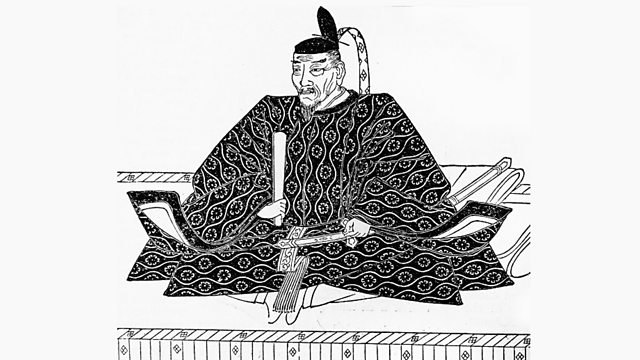Samurai: Japan鈥檚 elite warrior class
Rajan Datar and guests discuss the myth-making that surrounds Japan's fabled warriors, who supposedly adhered to a strict moral code.
The reality behind the stereotypical image of Japan鈥檚 fearsome elite warriors is more nuanced than we are led to believe. It is thought the samurai developed as a social class in medieval Japan, when the term could encompass lowly foot soldiers or mercenaries, and often untrustworthy ones at that. A far cry from the skilled fighters who supposedly pledged undying loyalty to their lord, and followed a code of honour.
In fact, it was during peacetime that the image of the samurai came to be defined when their role as warriors was no longer necessary. During Japan鈥檚 aggressive imperial expansion in the early 20th Century, the samurai ideal was once again manipulated for nationalistic purposes.
Rajan Datar鈥檚 guests include Michael Wert, who has published several books on Japan鈥檚 warrior class, including Samurai: A Concise History. He is associate professor of East Asian History at Marquette University in Milwaukee; Marcia Yonemoto, professor and hair of the Department of History at the University of Colorado Boulder. She is the author of The Problem of Women in Early Modern Japan, which examines the role of women in Japan鈥檚 military-bureaucratic state; and Polina Serebriakova, whose doctoral thesis at the University of Cambridge in the UK focuses on warrior leaders in medieval Japan.
Producer: Fiona Clampin
(Image: Illustration portrait of Toyotomi Hideyoshi. Credit: Photo 12/Universal Images Group/Getty Images)
Last on
More episodes
Broadcasts
- Thu 23 Jun 2022 09:06GMT91热爆 World Service
- Thu 23 Jun 2022 23:06GMT91热爆 World Service
- Sun 26 Jun 2022 13:06GMT91热爆 World Service
Featured in...
![]()
Civilisations and wonders—The Forum
The people, stories and rituals that ruled the ancient world
Do you think political or business leaders need to be charismatic? Or do you prefer highly competent but somewhat stern people?
Podcast
-
![]()
The Forum
The programme that explains the present by exploring the past




